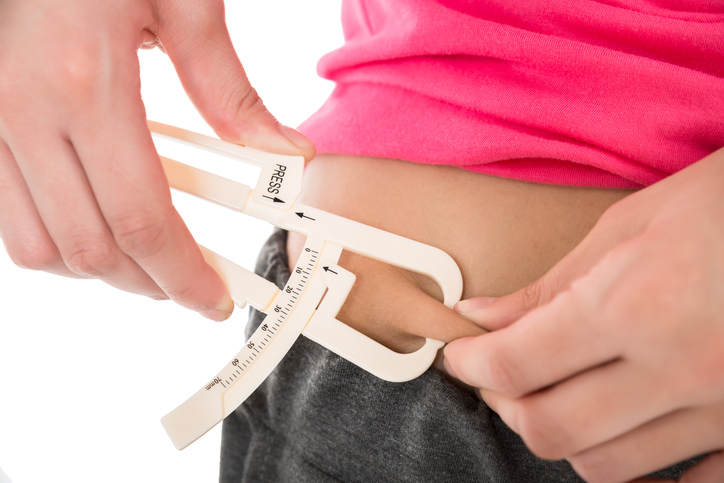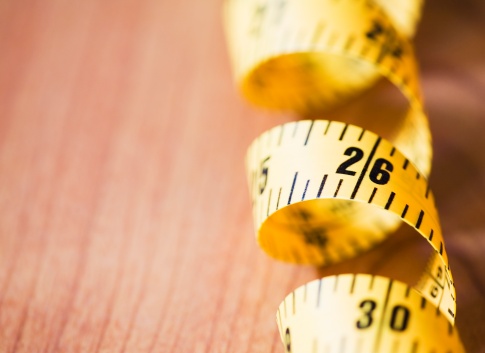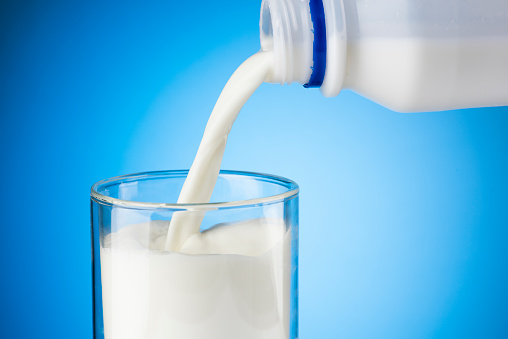Body Fat Percentage: What You Need to Know
Article posted in: Lifestyle
“Overweight” is a vague way to describe a category of different body types and their relationship to health. With more specific measurements, such as BMI and body fat percentage, you can better understand what a healthy weight is for you and take the most effective steps to reaching it.
BMI, or body mass index, is a tool commonly used by doctors, weight loss programs (including Nutrisystem) and the health insurance industry for assessing your body type. It is a simple height-to-weight ratio. The number is calculated by dividing your weight in kilograms (pounds divided by 2.2) by your height in meters (feet divided by 3.28) squared. So, if you weigh 150 pounds (68 kilograms) and are 5 feet 6 inches tall (1.68 meters) your BMI is 24.
That’s a lot of math that you don’t have to do yourself. The National Institutes of Health and many other organizations provide free calculation tools.
BMI provides you with a rough guide to understanding the numbers: The healthy or normal BMI range is 18.5 to 24.9. Higher than 25 is categorized as overweight and over 30 is considered obese.
While high BMI tends to be correlated with excess body fat, it is a screening tool than a true measure. An analysis of body fat percentage—how much of your body is fat vs. muscle, bone, fluids and other parts—is even more specific.
Body fat percentage can be calculated in all of these different ways, some more accurate than others:
1. Caliper
With a specially designed tool you measure the thickness of belly fat that you can pinch with your fingers in millimeters. You determine your body fat percentage by checking the caliper reading on a chart that incorporates age and gender standards.
2. Anthropometrics
The process used by the U.S. Navy and other institutions is similar. It takes measurements of the circumference of your hips and neck, plus your height to calculate your body fat percentage.
3. Bioelectric Impedance Analysis
A more scientific approach, BIA determines the electrical impedance, or resistance to the flow of electric current through your body. Since muscle has high water content, it is highly conductive, while fat has less water and is less conductive. The strength of the impedance is analyzed along with your height and weight to estimate your body fat percentage. This sounds very complex, but you can buy advanced scales for use at home that give you BIA readings.
4. Hydrostatic Weighing
To get an even more accurate reading, you need to go to a lab, clinic or other professional setting. First, you are weighed on a standard scale. Then, while sitting on a specially designed scale, you are submerged into a measured tank of water and asked to exhale all the air from your lungs. The procedure is repeated three times and then averaged. Bone and muscle are denser than water, while fat is lighter than water. The formula for calculating body fat percentage is based on the difference between weight on land and in the water. The test takes about 20 minutes and typically costs up to $150.
5. DEXA Scan
The tool that’s been used to measure bone density for people at risk of osteoporosis also analyzes body fat percentage. Dual Energy X-ray Absorptiometry uses a full-body scanner and a very low-dose of X-rays to gauge how much bone mineral, muscle and fat your body contains. The scan takes less than 20 minutes.
For adult women, 25 to 31 percent body fat is a healthy range, while for men it’s 18 to 25 percent. Excess body fat is linked to higher levels of damaging cholesterol, as well as a greater risk of suffering from high blood pressure, heart disease and strokes. People with high body fat percentage are more likely to be afflicted by diabetes and several types of cancer. Excess body fat also can lead to chronic inflammation and pain in your knees and lower back. Therefore, it’s important to learn how to lose body fat.
Good news: Losing weight through a well-planned weight loss program such as Nutrisystem, which incorporates regular exercise helps reduce your body fat.
Shed more fat by taking these simple steps:
1. Add fiber.
Food can contain two different types of fiber, soluble and insoluble. The former absorbs water in your gut, forming a kind of gel that slows how quickly your body takes up sugars from food. Lower blood sugar levels mean lower insulin levels, which signals your body to store less fat. Kidney beans, chickpeas, along with other legumes, oatmeal and flaxseed are all rich sources of soluble fiber.
2. Include dairy.
The calcium in fat-free milk, yogurt and other dairy foods inhibits the amount of fat your body absorbs from other foods.
3. Season with garlic.
The pungent herb contains compounds that trigger the enzymes in your body regulating blood sugar levels and fat storage.
4. Stand up.
When you sit for more than four hours, your metabolism slows and your body starts to store calories as fat. Get out of your chair and walk around to reactivate your metabolism.















